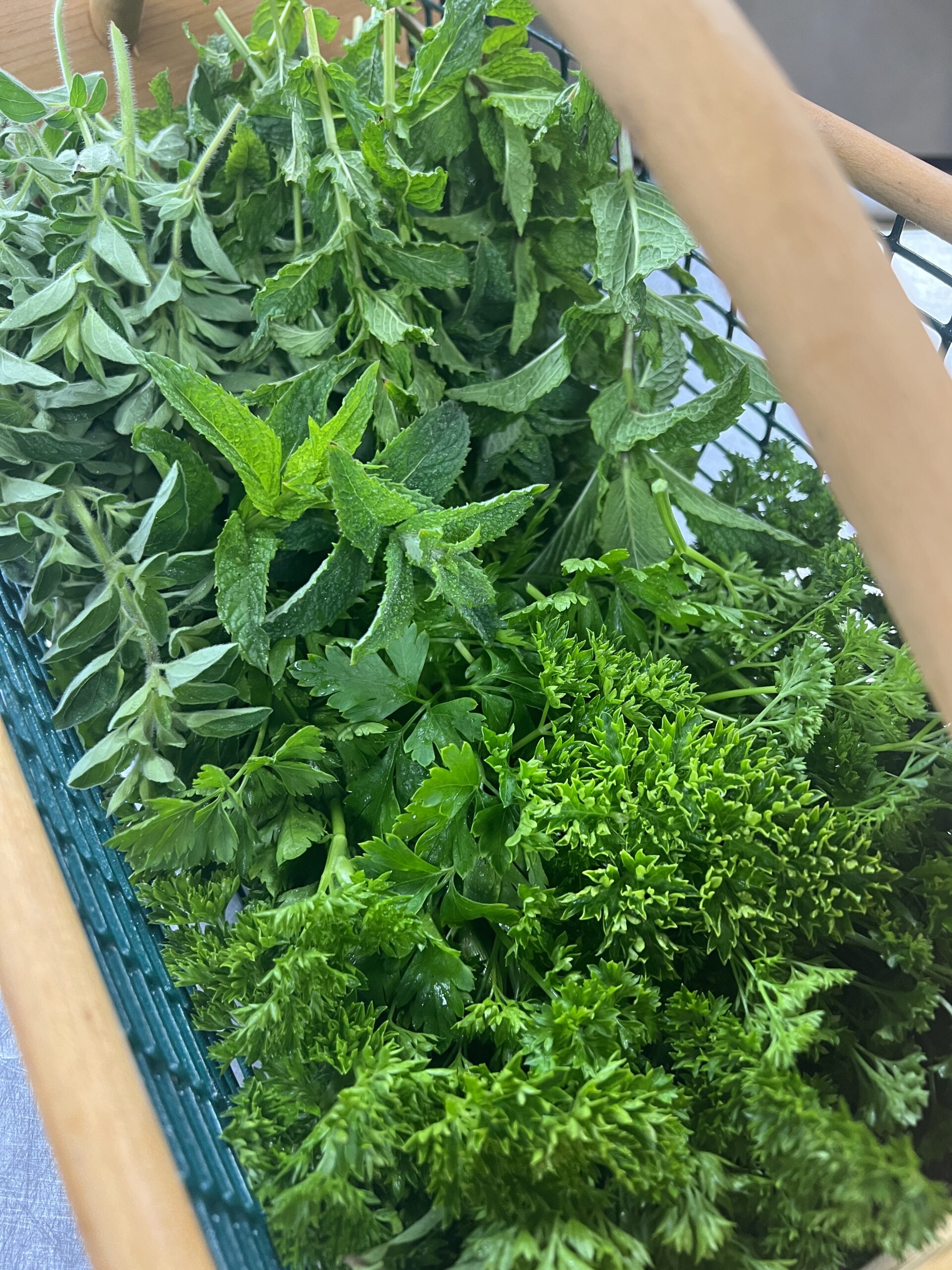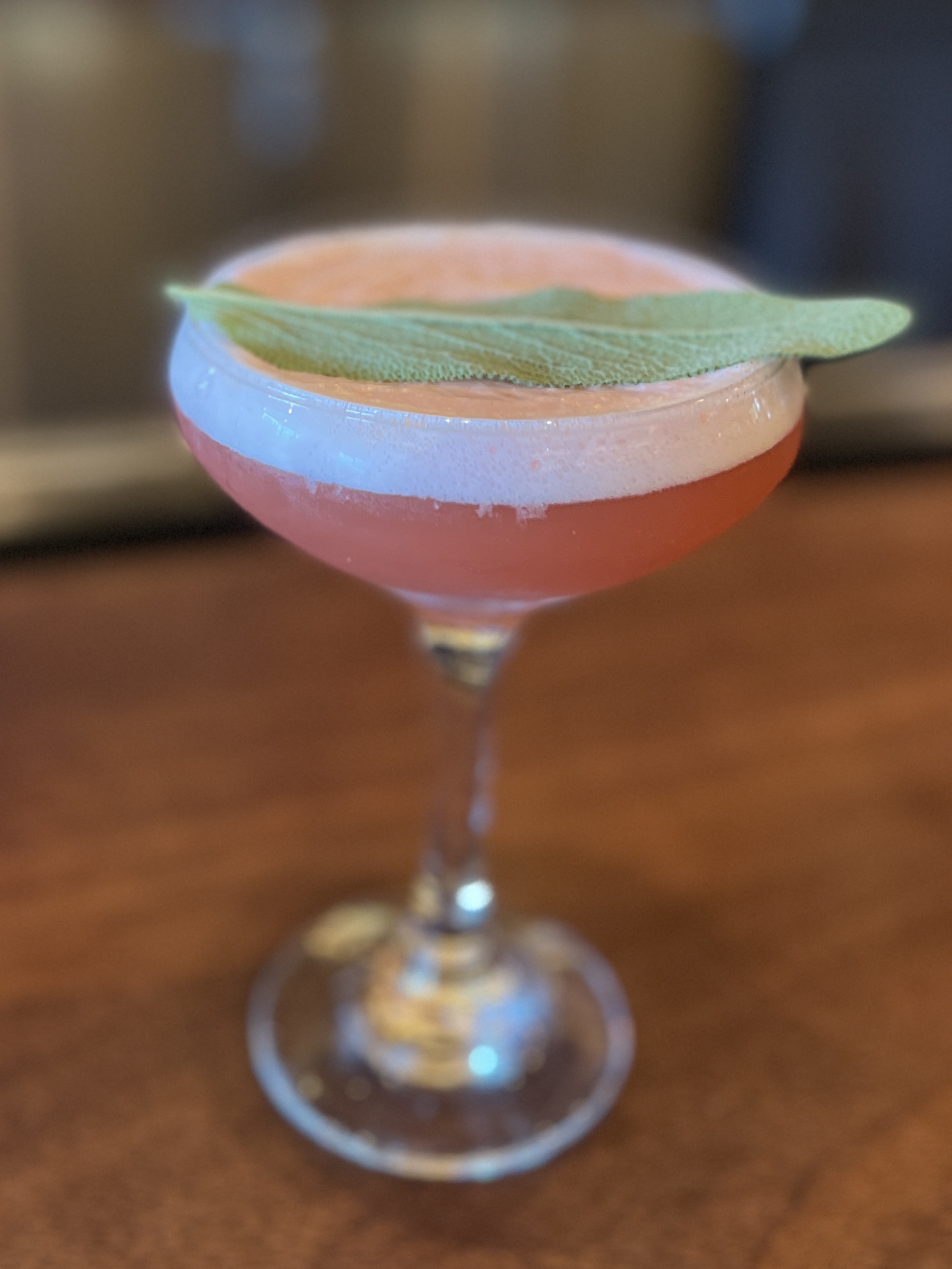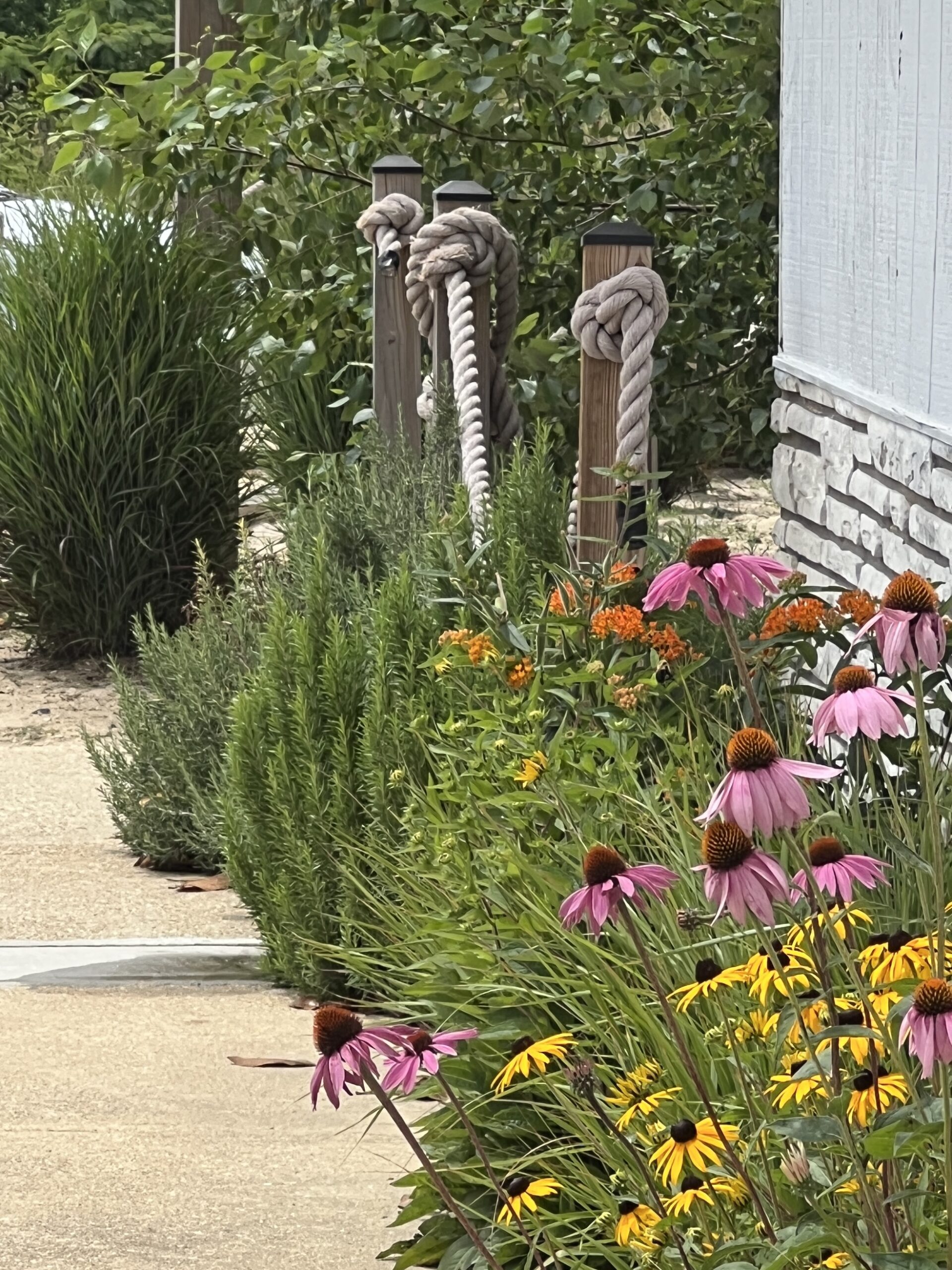26 Jul Embracing Herbs by Carlos Gomez-Starnes
Seven Key Things about Herbs
Don’t be afraid. This is the most important thing of all. Grow all kinds of herbs and mix them in unconventional ways.
While classic herbs mixtures like Bouquet Garni (parsley, thyme and bay leaf), Herbes de Provence (oregano, thyme, basil, sage, savory, lavender flowers and rosemary) or the more subtle mixture of Fines Herbes (parsley, chives, tarragon, chervil) are good starting places, don’t be afraid to think outside the box and use sage with chicken, for example, or add mint to salads and marinades. Use French tarragon to achieve the same slightly licorice like result as Pernod. Smell, taste, experiment and develop your own style. Don’t be afraid to use unconventional combinations like I do every day.
Grow herbs somewhere accessible.
Plant herbs in a garden close to your house or in pots on your deck, not in a faraway garden. Trust me, this will make a real difference between using and not using herbs. Keep cuttings on a windowsill, too. Visiting your herbs in the morning will nourish you…and if you keep them close, you will be much more tempted to use them liberally and creatively.
Nature gives you back more than you take.
Pick and use your herbs freely and your plants will be happy and give you back more than you take.
Don’t let the herbs go to seed.
While you may want to leave a few flowers for the birds and bees, don’t let your herbs go to seed or the plants will put all their energy into reproduction and not into giving your kitchen the herbs it needs. Take care not to cut into the woody part of herbs like oregano, thyme and sage as you clip.
Some key herbs for your cutting garden.
Herbs in the Pier450 cutting garden include parsley, sage, rosemary and thyme. Plus, lemongrass, French tarragon, dill, oregano, mint, lemon balm, and basil. These are all fairly easy to grow.
Of these, the Perennial herbs include sage, rosemary, thyme tarragon, oregano, mint plus lemon grass, which will come back except in the coldest winters here in Southern Maryland. Parsley is a biennial plant, which provides tender leaves in the first year and flowers and reseeds in the second year. Basil and dill are tender annuals.
Use herbs at the beginning of cooking.
Add herbs to a hot pan with olive oil at the beginning of cooking. Don’t wait until the end or the key flavors won’t come out.
Dry herbs for year-round use
It’s easy, really. Bundle 6 or so stalks of fresh herbs and tie them with string. Then hang the bouquets upside down in a cool, dark room. The darkness will help the herbs dry slowly and preserve their color better.

Early morning cuttings from the Pier450 herb gardens

Use herbs creatively — and in everything! A sage leaf simply sitting atop a cocktail fills your nose with the lovely herbal aroma and enhances the flavor of the drink.

Don’t be afraid to integrate herbs into your flower gardens for visual interest and utility. Rosemary (at the end of this walkway at Pier450), lavender and sage each make beautiful garden plantings — and you can easily snip off what you need without disturbing the look of your garden.

Sorry, the comment form is closed at this time.